5 Dividend Mutual Funds Yielding 3% or More
Dividend mutual funds can help take a little sting off price declines. These income-generating funds deliver much higher-than-average yields of 3.6% to 4.8%.
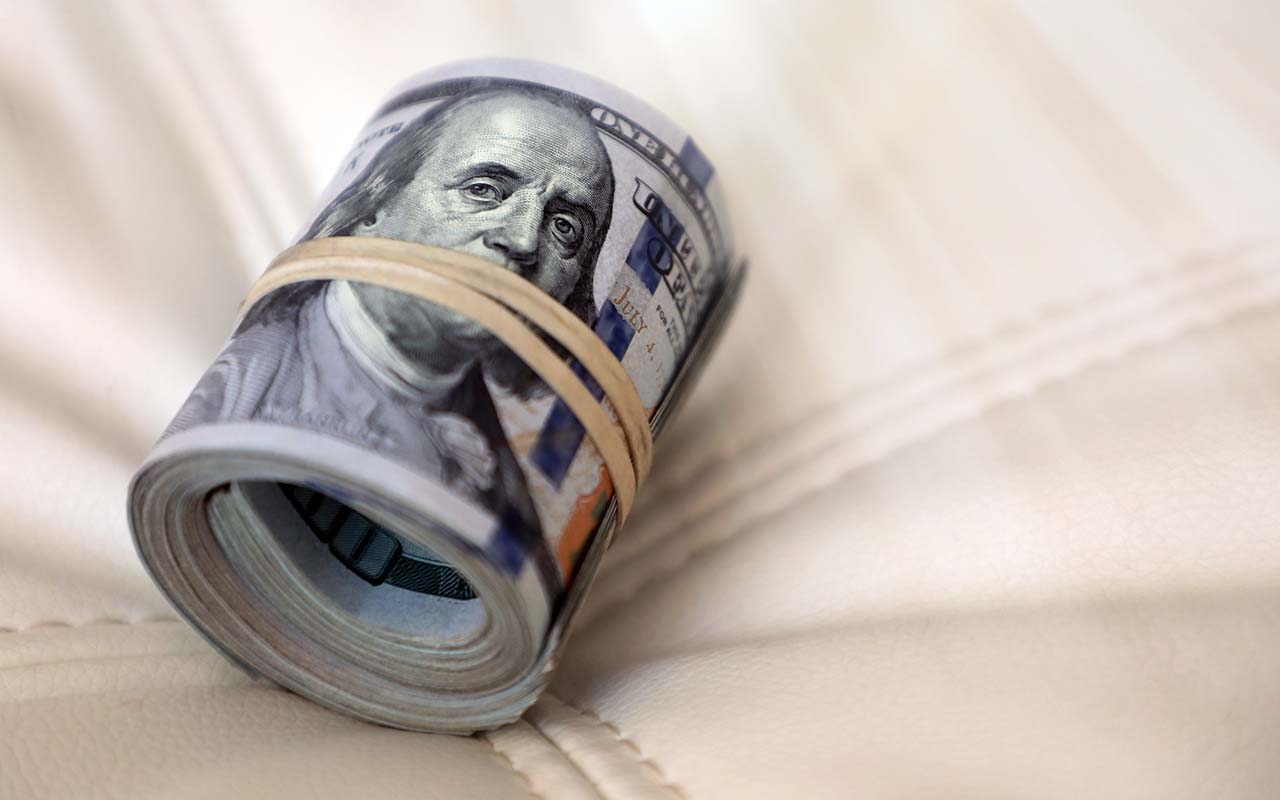

Dividend investing is a favored strategy among many investing icons (Warren Buffett comes to mind) because income provides a cushion to your portfolio. When prices decline, a regular dividend can buoy your total return, helping to keep you from making panicked decisions. And if you reinvest those dividends, you can enjoy the benefits of compounding over time.
However, while dividend investing certainly can be a lucrative strategy, managing a portfolio of dividend-paying stocks isn't for everyone. If that's your situation, a simpler and more diversified approach is to invest in dividend mutual funds.
Mutual funds packed with income plays can provide a healthy yield without the need to select and monitor each individual company yourself, not to mention buying and selling more as their attractiveness ebbs and flows. And since dividend mutual funds typically hold hundreds of companies, you can easily create a diversified income-generating portfolio with just a handful of funds.
Here are five dividend mutual funds yielding 3% or more to diversify your dividend portfolio.
Disclaimer
Data as of March 9. Yields represent the trailing 12-month yield, which is a standard measure for equity funds.
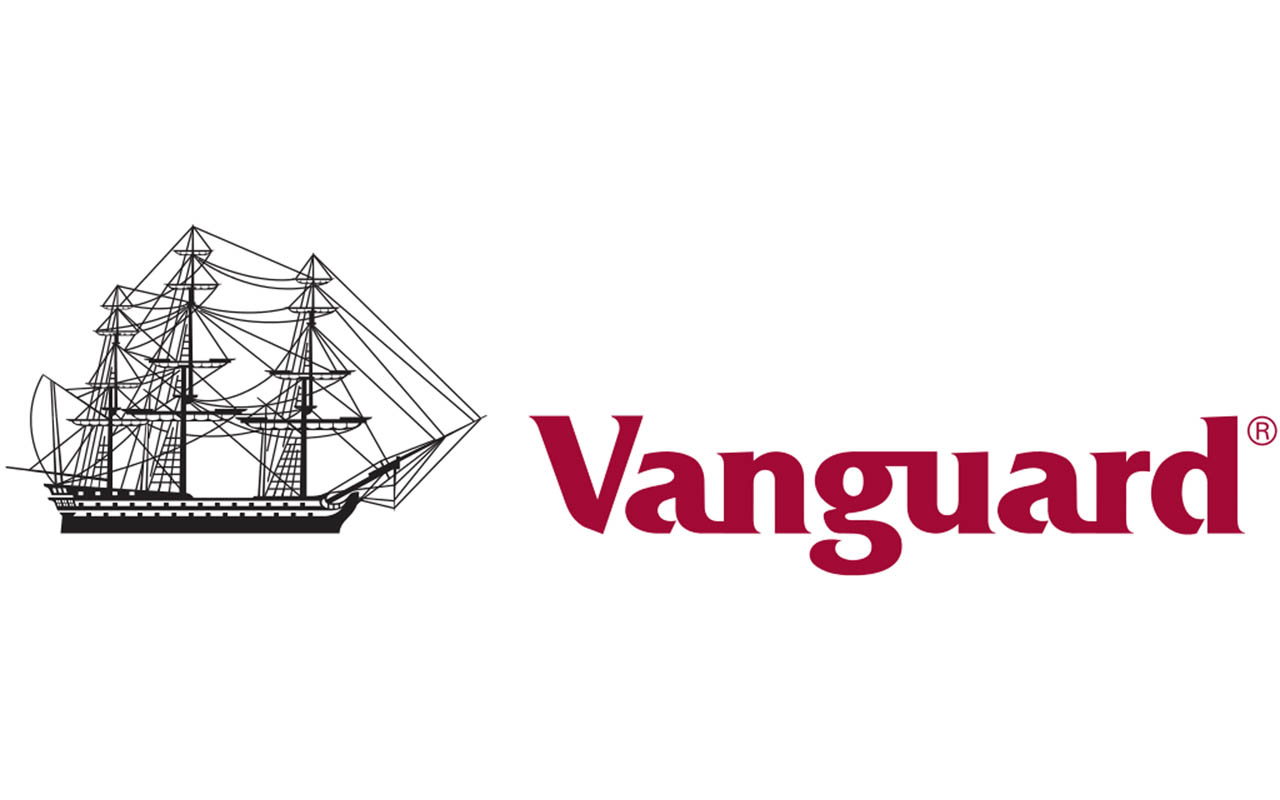
Vanguard High Dividend Yield Index Fund Admiral
- Assets under management: $35.1 billion
- Dividend yield: 3.6%
- Expenses: 0.08%
Vanguard starts this list of dividend mutual funds with a basic dividend index strategy. The Vanguard High Dividend Yield Index Fund (VHYAX, $23.05) simply tracks the FTSE High Dividend Yield Index, which represents U.S.-listed companies (excluding real estate firms) with above-average dividend yields based on the FTSE All-World Index.
Thanks to a lack of active management, VHYAX is one of the cheapest dividend investing strategies on offer. With an expense ratio of just 0.08% – or just $8 on a $10,000 investment – and a current yield well north of 3%, this Vanguard mutual fund has found a potent combination of low cost and solid return.
Keeping an eye on risk is important here, as simply chasing high yield can lead to investing in companies with poor fundamentals. However, Morningstar analyst Venkata Sai Uppaluri notes that "although it doesn’t screen for quality and may own some firms with weak fundamentals, it has limited exposure to firm-specific risk." That risk is further diminished thanks to a broad portfolio of nearly 400 large-cap companies. Also, VHYAX's market cap-weighted approach, where companies are weighted according to their relative market size, "helps mitigate turnover," where trading costs can weigh on performance. Top holdings include dividend-paying blue chips such as JPMorgan Chase (JPM), Johnson & Johnson (JNJ) and Procter & Gamble (PG).
Since VHYAX targets big names that are slower-growing but higher-yielding, it might lag behind more growth-oriented funds in bull markets. But the strategy holds up well during flat periods and downturns. This mutual fund only began trading in 2019, but its exchange-traded version improved by more than 10% on a total-return basis (price plus dividends) in 2011, while the S&P 500 delivered a 2% total return on flat price performance.
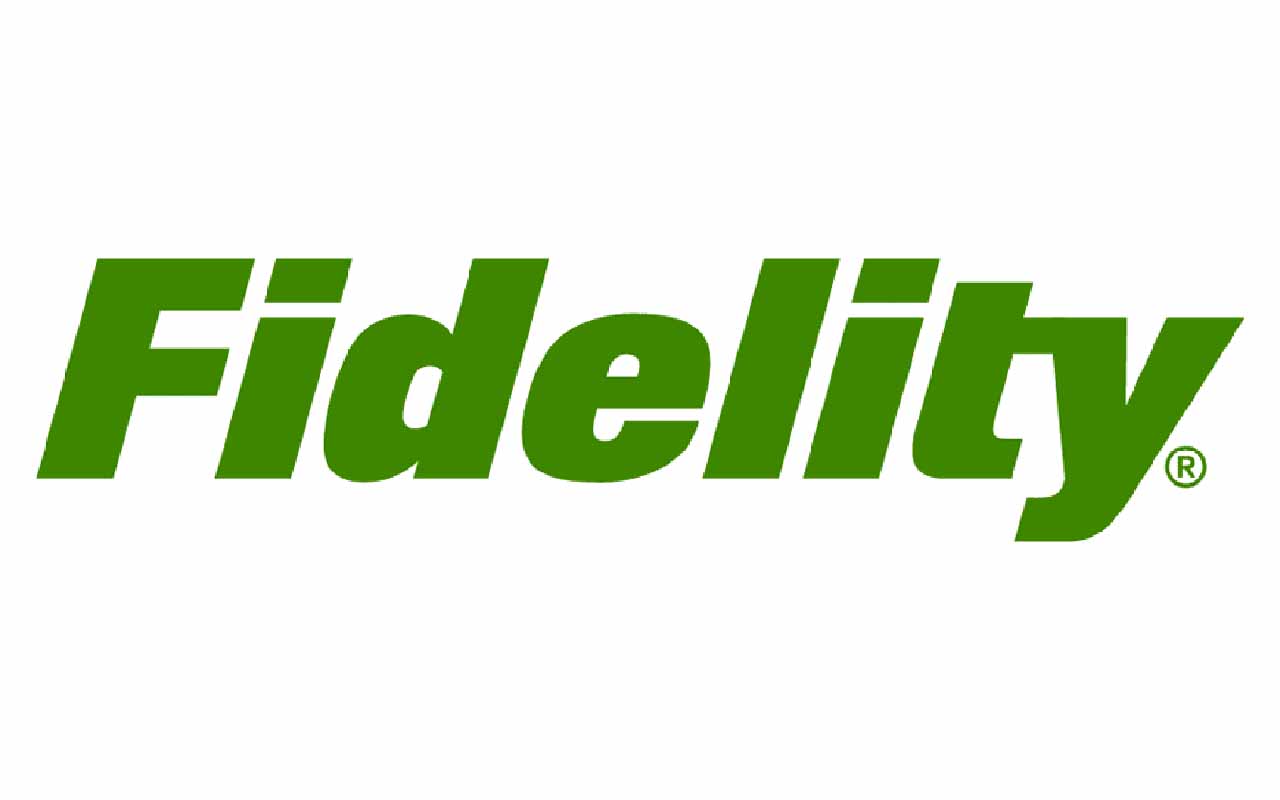
Fidelity Capital & Income Fund
- Assets under management: $12.0 billion
- SEC yield: 3.6%*
- Expenses: 0.69%
The Fidelity Capital & Income Fund (FAGIX, $9.17) technically is a bond fund, but it also pays out dividend income thanks to a roughly 20% slug of equities.
FAGIX also is a lesson in risk and reward. While the fund has outperformed many of its peers in the U.S. high-yield bond fund category, it's done so by taking considerably more risk.
Fidelity Capital & Income doesn't shy away from low-quality debt, even defaulted securities and companies with unfavorable balance sheets. The higher volatility of lower-quality bonds has earned it a 10-year standard deviation of 7.40, well above the category average of 5.84. (Standard deviation measures how much a fund fluctuates up and down. The higher the number, the bumpier the ride.) To see this rollercoaster in annual returns, consider that the fund fell 32% in 2008 then shot up 72% in 2009.
While FAGIX is aggressive, Morningstar Senior Analyst Eric Jacobson notes that the fund's manager, Mark Notkin, has proven adept at picking companies and gauging when to shift from overvalued debt to distressed equities. Its stock portfolio right now is led by Air Canada (ACDVF), Mastercard (MA) and Brazilian meat processor JBS SA (JBSAY).
As long as you're comfortable with risk and have a long enough time horizon to ride out any drops, FAGIX can be a lucrative income fund. Better still: It's actually a monthly dividend payer.
* SEC yields reflect the interest earned after deducting fund expenses for the most recent 30-day period and are a standard measure for bond and preferred-stock funds.
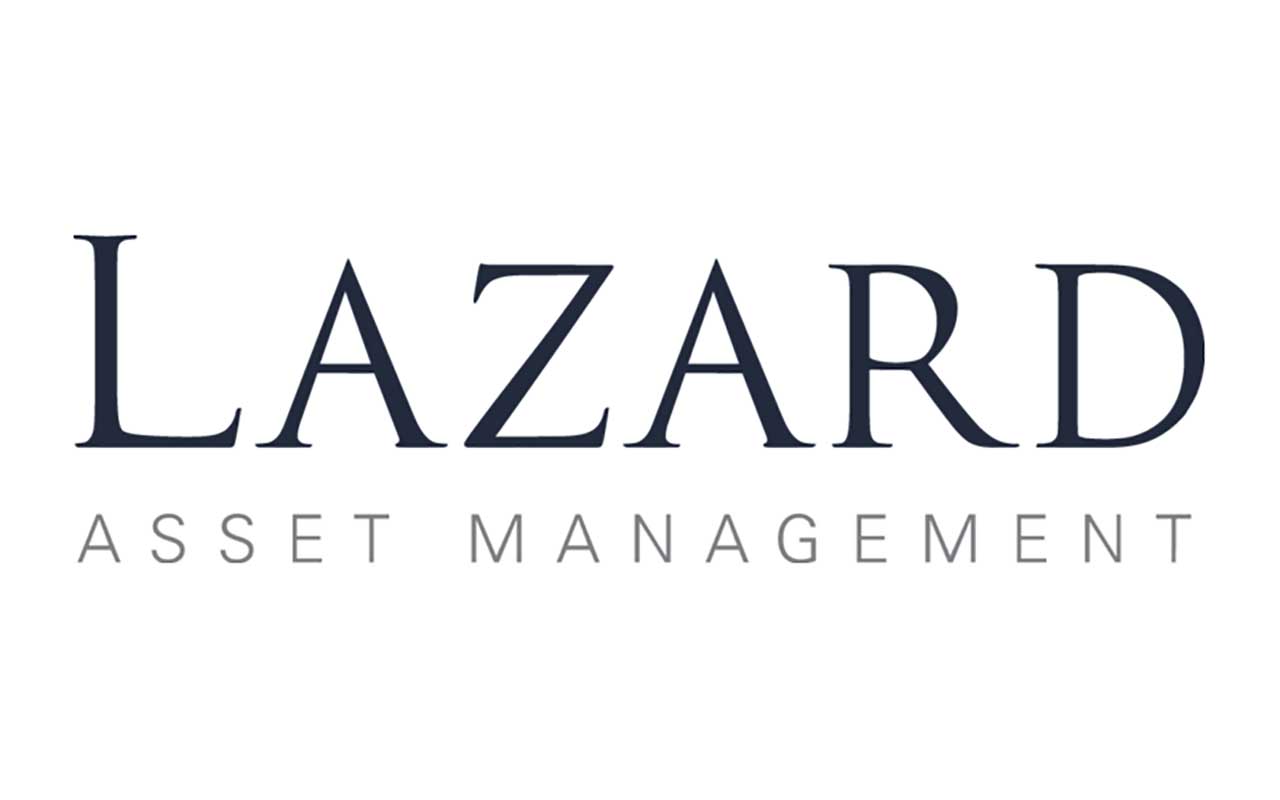
Lazard Global Listed Infrastructure Portfolio Open
- Assets under management: $7.1 billion
- Dividend yield: 4.8%
- Expenses: 1.21%
The Lazard Global Listed Infrastructure Portfolio Open (GLFOX, $13.81) fund uses the stability of infrastructure companies, such as utility stocks and toll road operators, to generate a steady yield.
"These industries are regulated and the companies typically have assets that operate in a monopolistic environment," Morningstar Senior Analyst Patricia Oey says. "As such, they tend to have stable pricing, stable demand, and therefore stable earnings to support healthy dividends."
GLFOX uses what it calls a "Preferred Infrastructure" strategy that focuses on companies that own physical infrastructure assets and meet certain "preferred" criteria, such as profitability, longevity and revenue certainty. These companies are then ranked based on their valuation discount with the cheapest companies forming the cornerstone of the portfolio, Oey says.
Being a "global" fund, nearly three-quarters of the portfolio is invested internationally, with the biggest chunk of that coming from Europe. Another 20% of assets are invested in U.S. stocks, and the rest is stored in cash. GLFOX's concentration in Western Europe, utilities and toll roads can present a risk, Oey says, but she feels the manager's disciplined, quality-focused and value-based approach should mitigate this.
It has a modestly sized portfolio where mutual funds are concerned, with just more than 30 holdings currently, although it has been known to hold up to 50 names. Top holdings include the likes of National Grid (NGG) and Norfolk Southern (NSC).
Over the past month, Lazard Global Listed Infrastructure Portfolio Open has held up a little better than both its peers and the broader market. Meanwhile, its declines have widened the yield to nearly 5%, which is extremely high among dividend mutual funds.

Vanguard Real Estate Index Admiral
- Assets under management: $66.6 billion
- Dividend yield: 3.6%
- Expenses: 0.12%
The Vanguard Real Estate Index Admiral (VGSLX, $117.66) is another Vanguard fund with an impressive yield, with this one focused on real estate investment trusts (REITs). These typically dividend-friendly companies own and sometimes operate real estate ranging from office buildings to malls to hotels and much more. They're exempted from paying federal income tax, but in return, they must dole out at least 90% of their taxable income back to investors in the form of dividends.
Because REITs tend to march to a different drummer than stocks and bonds, real estate-focused dividend mutual funds like VGSLX can provide some diversification to a stock-and-bond portfolio.
Vanguard Real Estate Index Admiral, at more than $66 billion in assets and just 0.12% in annual expenses, is among the largest and cheapest of real estate funds. Its low fees have helped it outpace more than three-quarters of its peers in the past 15 years, including actively managed REIT funds.
Morningstar Director Ben Johnson says VGSLX's close tracking of its index, low turnover and diversification across property sectors have earned it an above-average process rating on the Morningstar scale. Moreover, "Within our new ratings framework, which puts even greater emphasis on fees, the fund's Institutional, Admiral, and exchange-traded fund share classes have earned an upgrade to a Morningstar Analyst Rating of Gold from Silver."
VGSLX currently boasts 185 holdings, including the likes of telecommunications infrastructure REIT American Tower (AMT), logistics-and-supply-chain real estate owner Prologis (PLD) and data center REIT Equinix (EQIX).
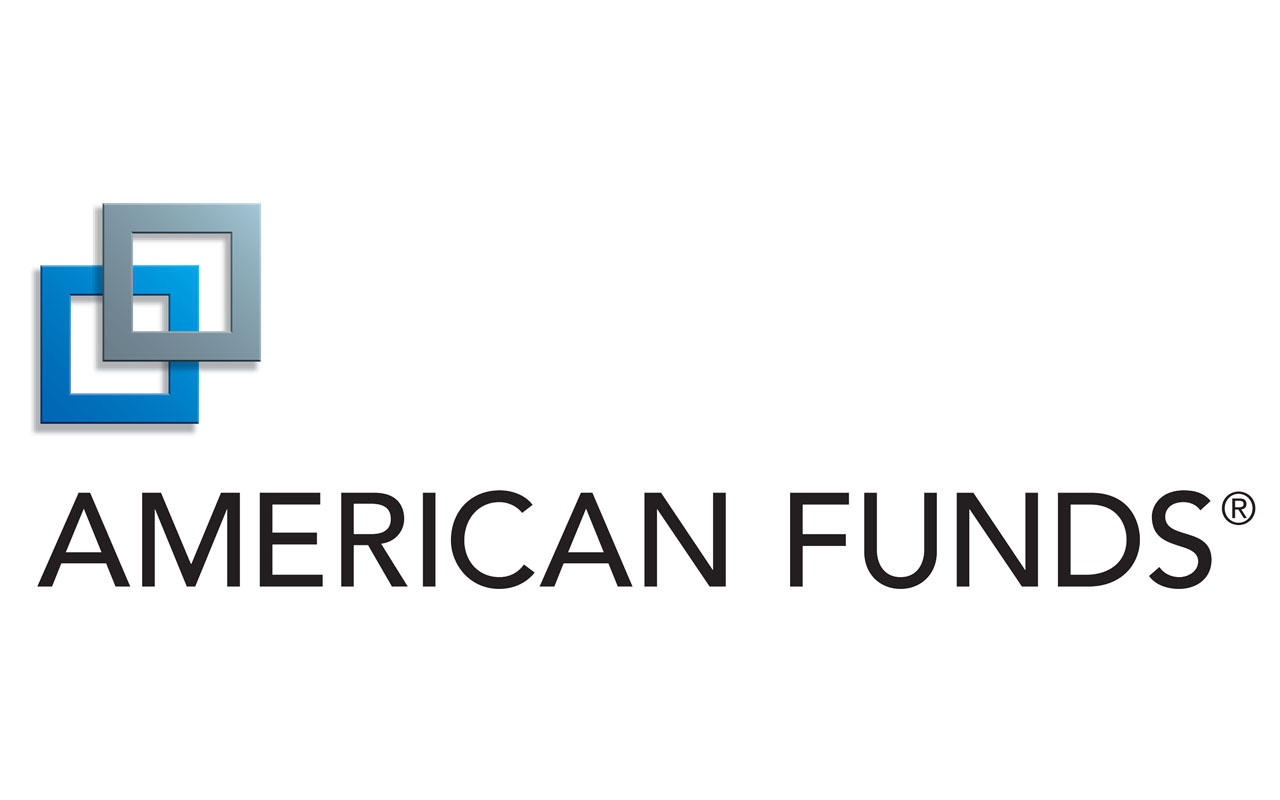
American Funds The Income Fund of America F1
- Assets under management: $102.6 billion
- Dividend yield: 3.5%
- Expenses: 0.63%
As the name suggests, American Funds The Income Fund of America F1 (IFAFX, $20.60) aims for income first, capital appreciation second. Its trailing 12-month yield has consistently been in the top 20% of all "allocation" category (part-bond, part-fund) funds since 2009.
To provide current income, the fund managers invest primarily in dividend stocks (at least 60% of the portfolio) and interest-paying bonds. "On the equity side, a stock must yield at least 3% in order to be considered for purchase, and managers can add to names that yield 2.7% or higher," writes Morningstar Senior Analyst Greg Carlson. He points out that this has led to a value bias, which has weighed on the fund's overall return in recent years.
Rather than chasing financially troubled companies to meet their yield target, IFAFX's fund managers have gone overseas, where yields might be higher without sacrificing on quality. Around one-quarter of the fund's holdings are based outside the U.S., with the U.K. making up the majority at more than 8%. Top holdings right now are dominated by American firms, including Microsoft (MSFT), JPMorgan Chase and CME Group (CME).
On the bond side, which makes up just under 25% of fund assets currently, IFAFX has been known to lean on lower-quality corporate bonds and agency-backed securities, though the managers have toned down the risk since the financial crisis. Currently, more than half the bond portfolio is in Treasuries or AAA-rated debt (the highest possible rating), though roughly a quarter is in junk bonds.
Kiplinger favors mutual funds you can buy for no transaction fee. While the most basic shares (the A-class AMECX listing) has a maximum 5.75% sales load, investors who use a handful of online brokers, including Fidelity and Schwab, can purchase IFAFX, which is a no-load F1 share class.
Get Kiplinger Today newsletter — free
Profit and prosper with the best of Kiplinger's advice on investing, taxes, retirement, personal finance and much more. Delivered daily. Enter your email in the box and click Sign Me Up.

Coryanne Hicks is an investing and personal finance journalist specializing in women and millennial investors. Previously, she was a fully licensed financial professional at Fidelity Investments where she helped clients make more informed financial decisions every day. She has ghostwritten financial guidebooks for industry professionals and even a personal memoir. She is passionate about improving financial literacy and believes a little education can go a long way. You can connect with her on Twitter, Instagram or her website, CoryanneHicks.com.
-
 Fired Up By the Masters and RBC Heritage? See These Homes for Sale By Golf Courses
Fired Up By the Masters and RBC Heritage? See These Homes for Sale By Golf CoursesFive homes for sale near golf courses, for people who can't get enough of the tour.
By Alexandra Svokos
-
 The Economic Impact of the US-China Trade War
The Economic Impact of the US-China Trade WarThe Letter The US-China trade war will impact US consumers and business. The decoupling process could be messy.
By David Payne
-
 What Is the Buffett Indicator?
What Is the Buffett Indicator?"It is better to be roughly right than precisely wrong," writes Carveth Read in "Logic: Deductive and Inductive." That's the premise of the Buffett Indicator.
By Charles Lewis Sizemore, CFA
-
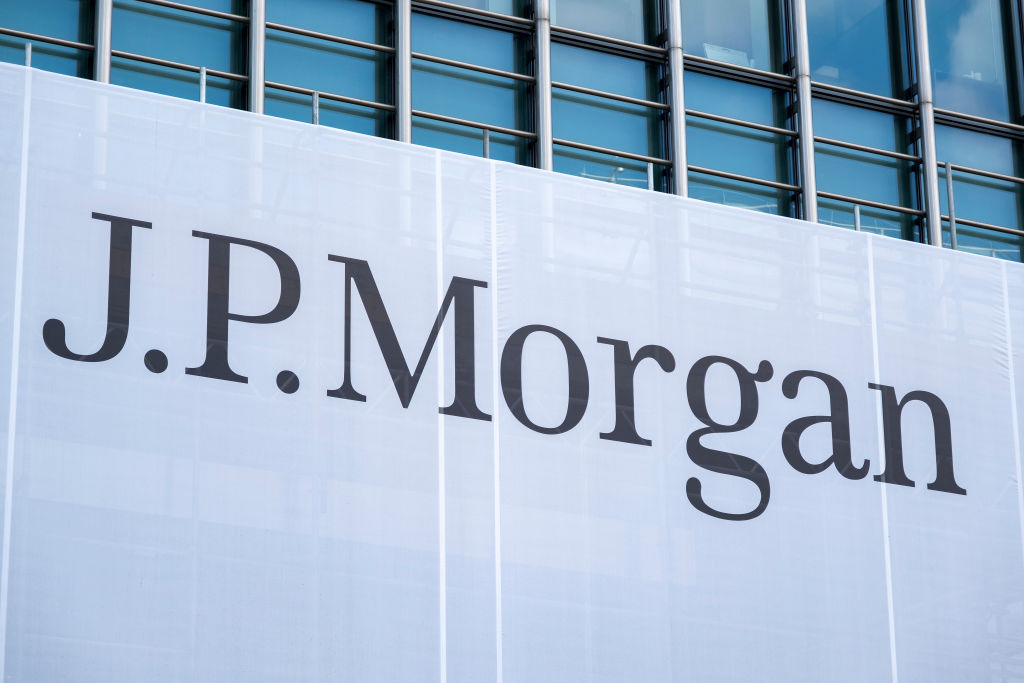 Is JPMorgan Chase Stock a Buy, Hold or Sell After Earnings?
Is JPMorgan Chase Stock a Buy, Hold or Sell After Earnings?JPMorgan Chase is trading higher after the big bank topped fourth-quarter earnings expectations, but is the stock a Buy? Here's what you need to know.
By Joey Solitro
-
 The Cheapest Places To Retire in the US
The Cheapest Places To Retire in the USWhen you're trying to balance a fixed income with an enjoyable retirement, cost of living is a crucial factor to consider.
By Stacy Rapacon
-
 Why Is Warren Buffett Selling So Much Stock?
Why Is Warren Buffett Selling So Much Stock?Berkshire Hathaway is dumping equities, hoarding cash and making market participants nervous.
By Dan Burrows
-
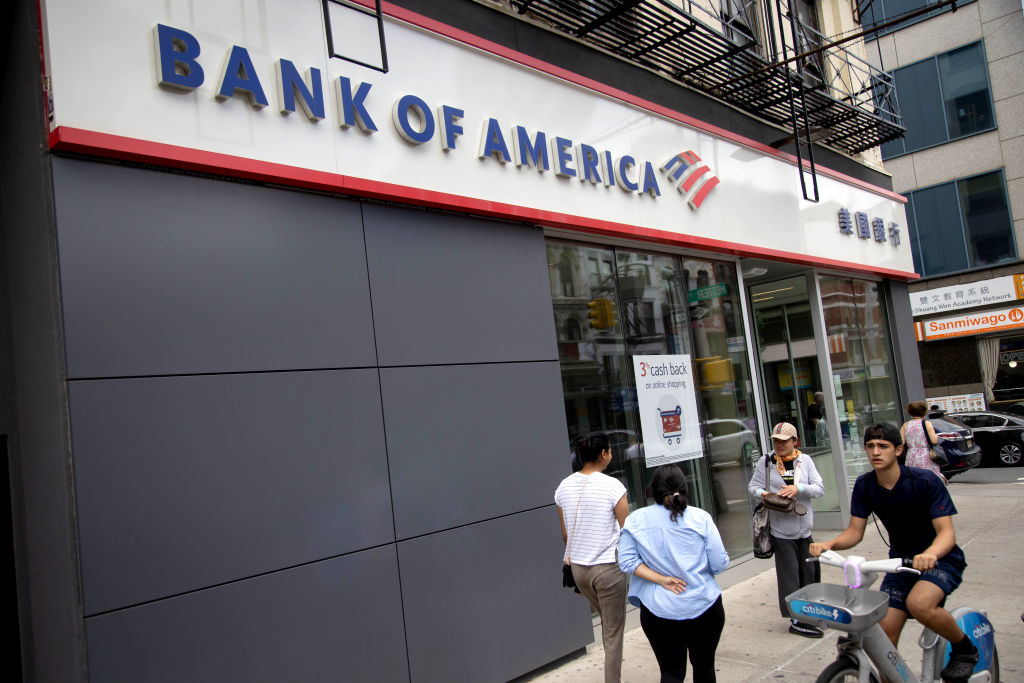 Bank of America Stock Falls As Warren Buffett Keeps Selling
Bank of America Stock Falls As Warren Buffett Keeps SellingBank of America stock is lower Wednesday on news Warren Buffett's Berkshire Hathaway sold another chunk of its stake in the bank. Here's what you need to know.
By Joey Solitro
-
 7 Stocks Warren Buffett Is Buying (and 10 He's Selling)
7 Stocks Warren Buffett Is Buying (and 10 He's Selling)Warren Buffett Warren Buffett's Berkshire Hathaway sold Apple and Snowflake but picked up Ulta Beauty and Heico, among other moves in Q2.
By Dan Burrows
-
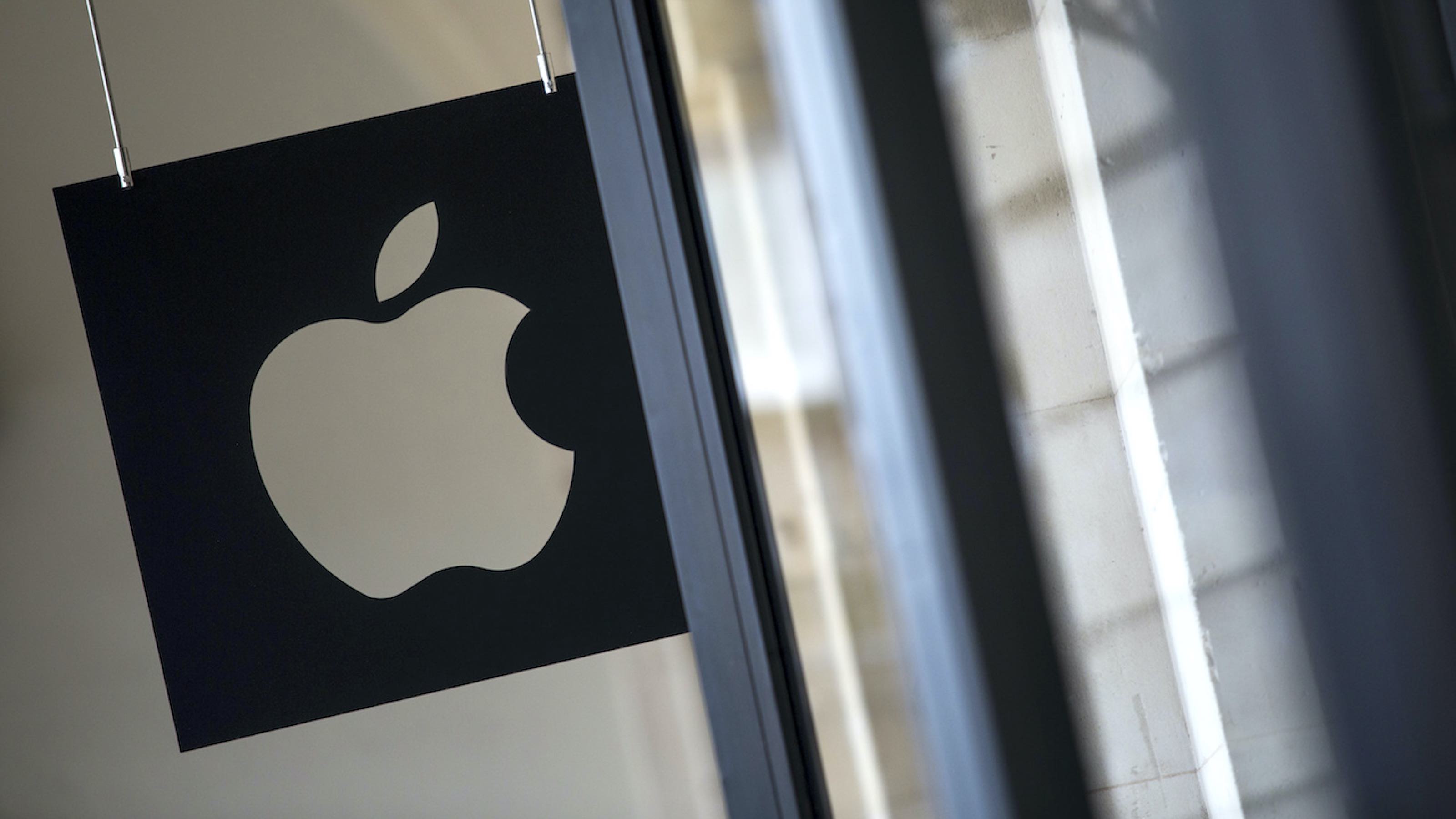 Why Did Warren Buffett Slash His Stake in Apple Stock?
Why Did Warren Buffett Slash His Stake in Apple Stock?Warren Buffett's Berkshire Hathaway dumped Apple, its top stock, by almost half.
By Dan Burrows
-
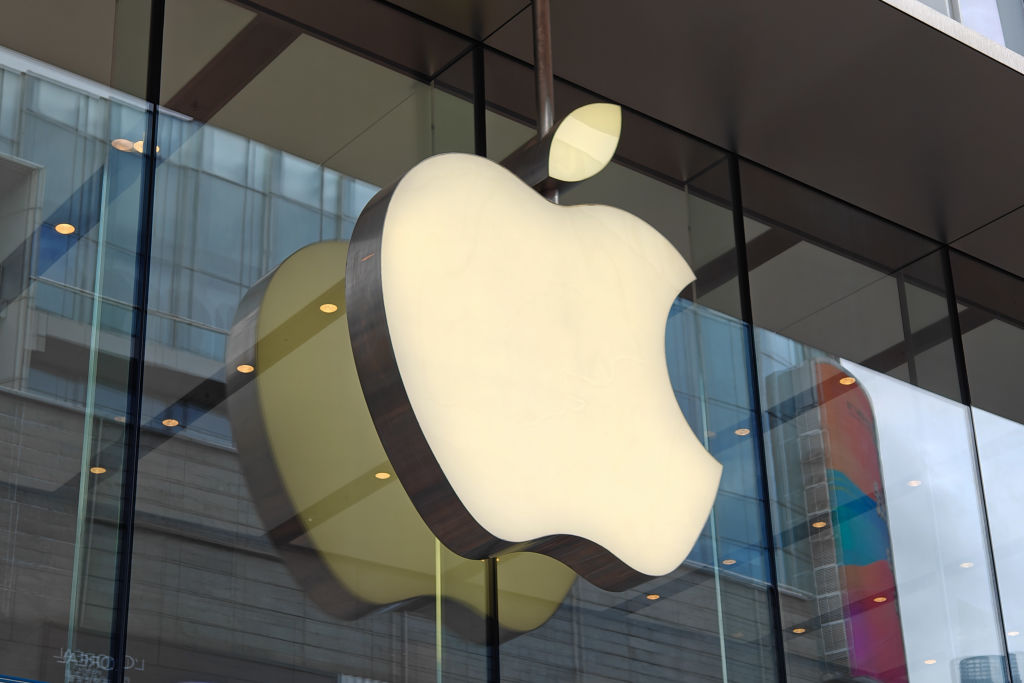 Warren Buffett Adores Apple as Much as Ever
Warren Buffett Adores Apple as Much as EverBerkshire Hathaway trimmed its Apple stake because taxes are "likely" to go up "later."
By Dan Burrows
